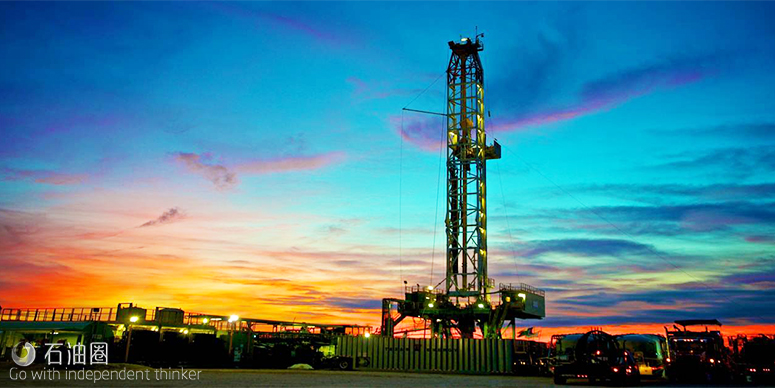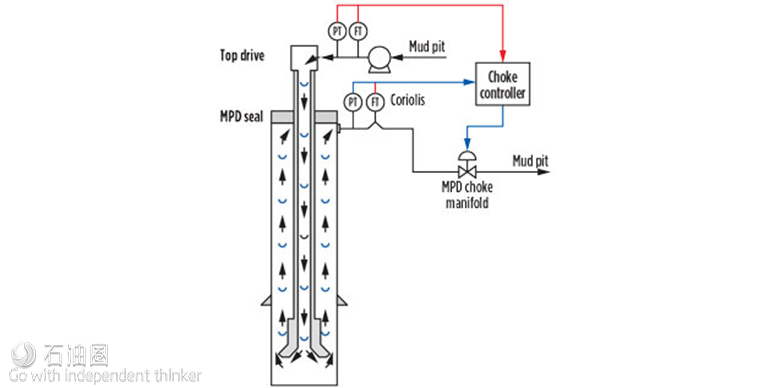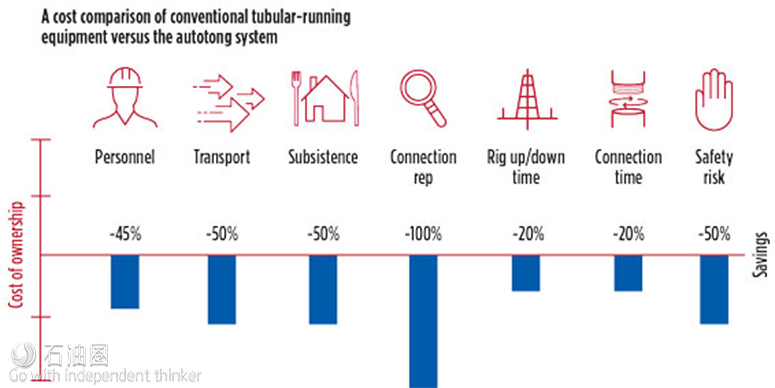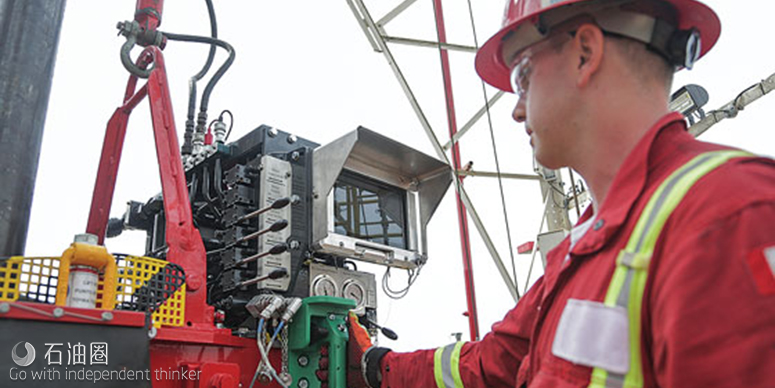MPD AUTOMATION
In the evolution of the MPD-ready rig, the key enabler will be the ability to efficiently connect specialized equipment and data with the rig system, says AFGlobal. The company’s NControl managed pressure drilling (MPD) platform concept advances this process through seamless integration with the rig and third-party MPD control systems into the driller’s cabin. The company says development of the platform sets the stage for automated MPD, and its growing incorporation as a standard rig feature in the global fleet.
The early foundation for this high-level MPD integration began with the fundamental control achieved with applied surface backpressure. This advance was based on an offline hydraulics model, with the operator setting backpressure and tuning the choke controller to accommodate for changing conditions. The operator also was able to identify well control events.
Today, the state of the art is automated bottomhole pressure (BHP) control. The operator sets BHP for different hole sections. The MPD system then determines choke pressure set points, based on real-time estimates of BHP, using hydraulic model inputs for pressure, temperature and volume. A choke controller makes adjustments to maintain the appropriate backpressure and respond to contingencies. The MPD system alarms for well control events, and the operator takes over if a kick or loss occurs.
This level of performance is the first step in developing the NControl platform. It achieves the critical capability to control and acquire data from individual components. The development of automated choke controls that precisely tailor choke position and flowrates to the specific task is one of the big advances in this area. Another example is AF Global’s active control device (ACD), a replacement for conventional rotating control devices (RCD). The ACD technology is radically different from traditional devices, in that the element does not rotate with the pipe. Instead, it hydraulically applies the closing pressure to seal the wellbore. As a consequence of this active pressure, the system also provides feedback as a positive wear indicator. These pressure data also can contribute to the overall understanding of the health of the system, making conditioned-based monitoring possible.
With this control capability established, ongoing NControl platform development is focused on facilitating real-time hydraulic modeling and integration with the choke manifold, Fig. 1. At this level, the MPD system identifies well control events and automatically controls back pressure to offset an event, while contributing data to the overall rig operations.
To support this degree of integration, the platform is a modular, open architecture, with the flexibility to interface seamlessly with various rig control systems and third-party technologies. In this fashion, it provides a scalable path for transitioning from conventional drilling to riser gas handling, to conventional MPD, to automated MPD—as desired by the drilling contractor and operator. Upgradable and expandable software also ensures that the system can grow as rig systems continue to evolve.
CASING MAKEUP AUTOMATION
Precise control and error-free evaluation of casing and completion string make-up results in a dependable process that requires fewer personnel and reduces well integrity risks. That’s the objective of Weatherford’s AutoTong system, which it says can reduce offshore costs by approximately 20%, compared to conventional tubular-running equipment, Fig. 2.
Described as the first and only technology to automatically make up casing and completion strings, and autonomously evaluate the connection, the system fully controls make-up to the final torque, once the manual power tong is positioned on the pipe, and the initial spin-in of the connection is completed.
Automated makeup and evaluation yield distinct benefits. Automated makeup enables precise control of the process that is independent of operator influences or other human factors. Autonomous evaluation, using the system’s AutoEvaluate feature, eliminates subjective graphical interpretations. Key capabilities include precise, consistent automated make-up, accurate evaluation, simplified operation, reduced rig-up time, and elimination of manual data entry.
The system controls the make-up procedure with digital precision. For each connection, the system uses a proprietary speed-control algorithm—based on pipe and thread OEM criteria—to automatically slow down when approaching the optimum torque. These speed adjustments eliminate the need for a traditional dump valve and the corresponding sudden stops in the make-up process.
AutoEvaluate software provides built-in connection evaluation that eliminates human errors during connection acceptance verification. The software objectively interprets connections, using 10 times more data points than the human eye can see, which removes gray areas for verified connection integrity. If the software rejects a connection, its troubleshooting advisor application identifies the root cause of the issue and recommends corrective action.
The AutoTong system reduces the knowledge required for operation and makes interaction easy. To initiate the final make-up process, the operator simply pushes a button on the tong’s handgrip; a tablet mounted on the tong displays a torque/turns graph, indicates tong status, and enables data entry as needed, Fig. 3.
The all-in-one system is installed in a single step to reduce time and costs. By comparison, conventional make-up technology involves multiple individual components that require connectivity for both hardware and software communication.
The automated system standardizes data inputs to eliminate erroneous entry that can result in over- and under-torqued pipe, and catastrophic connection failures. For example, the system stores tong data (such as handle length and serial number), identifies components (such as the load cell), and detects shoulder torque.

 石油圈
石油圈



